Latest

Ultra-dense electron beams set the stage for breakthroughs in physics and technology
SLAC scientists created ultra-dense electron beams with five times the peak current, using infrared lasers to unlock new frontiers in physics and materials research.

Solar panels made of lunar dust could power a future Moon base
Making solar panels on the Moon could be the solution to reliably providing energy to lunar settlements.
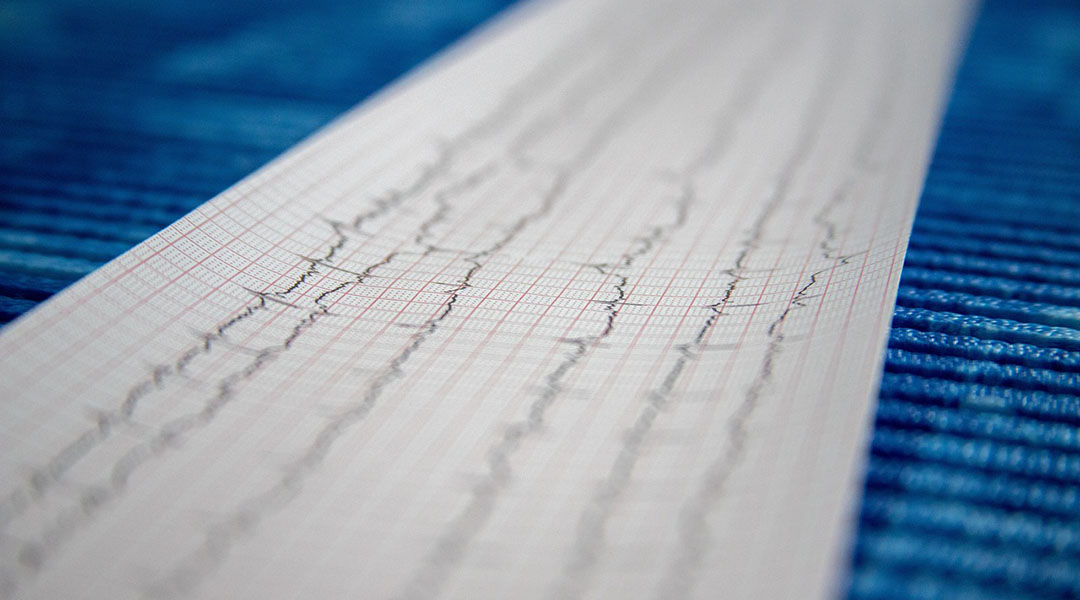
World’s smallest pacemaker dissolves once it’s no longer needed
Smaller than a grain of rice, the pacemaker is designed with temporary interventions in mind.

New machine learning tool could transform how we study neutron star mergers
A new machine learning algorithm that can rapidly pinpoint the location of a neutron star merger using gravitational wave signals alone.

Higgs boson may be driving the Universe’s expansion
Scientists assume that inflation was driven by hypothetical inflaton particles, which scientists think could be the Higgs boson.

String theory provides a new take on the expansion of the Universe
String theory could reshape our understanding of the Universe’s accelerating expansion and unlock the mysteries of dark energy.
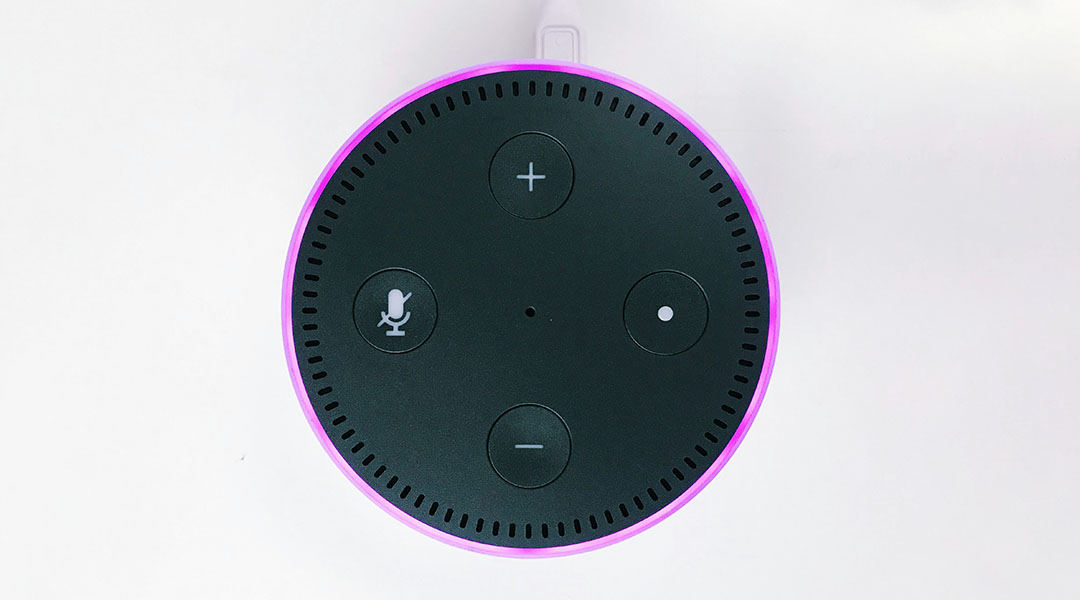
Do voice assistants help alleviate loneliness?
Scientists explored whether evidence backs up the growing belief that voice assistants like Alexa can alleviate loneliness, especially in the elderly.
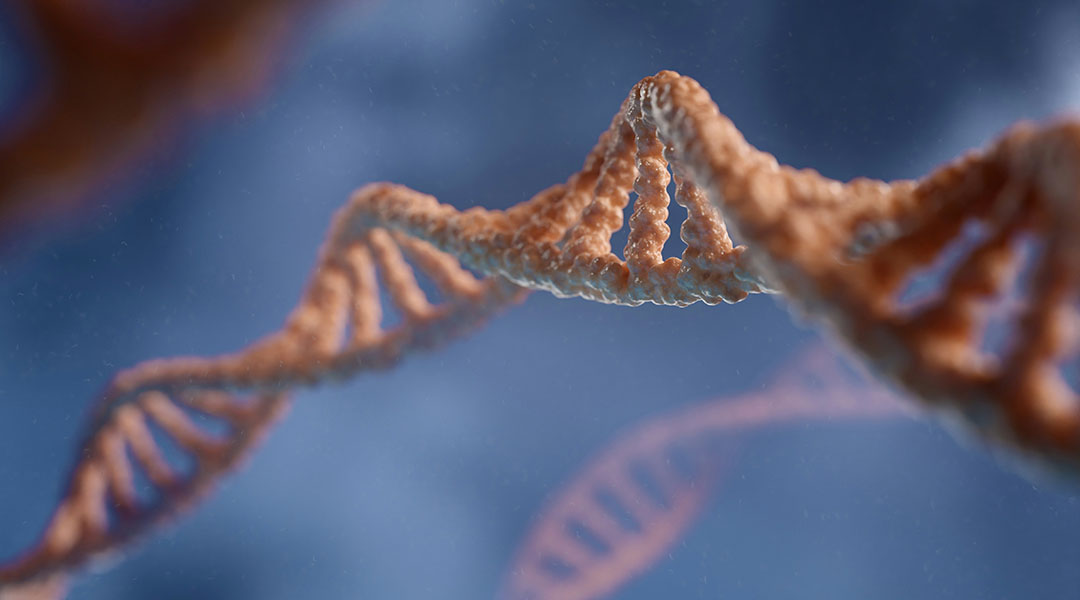
Researchers explain the intricate interactions that shape DNA organization
Scientists uncover how the complex interactions between nucleosomes influence DNA’s organization in chromosomes.

Newly discovered quantum object could usher in new era of technology
Once relegated to theory, a newly discovered quantum object could be used to create new devices that will outpace modern electronics.

Bacteria in wastewater could be breaking plastics down for food
A common bacteria found growing on plastic in urban wastewater could provide new bioengineering solutions to clean up plastic waste.
ASN Newsletter
Sign up for our newsletter and receive the latest science news directly to your inbox.

Fused comb jellies share their secrets of regeneration
Two individual comb jellies can fuse into a single organism, providing an incredible feat of regeneration rarely seen in the animal world.
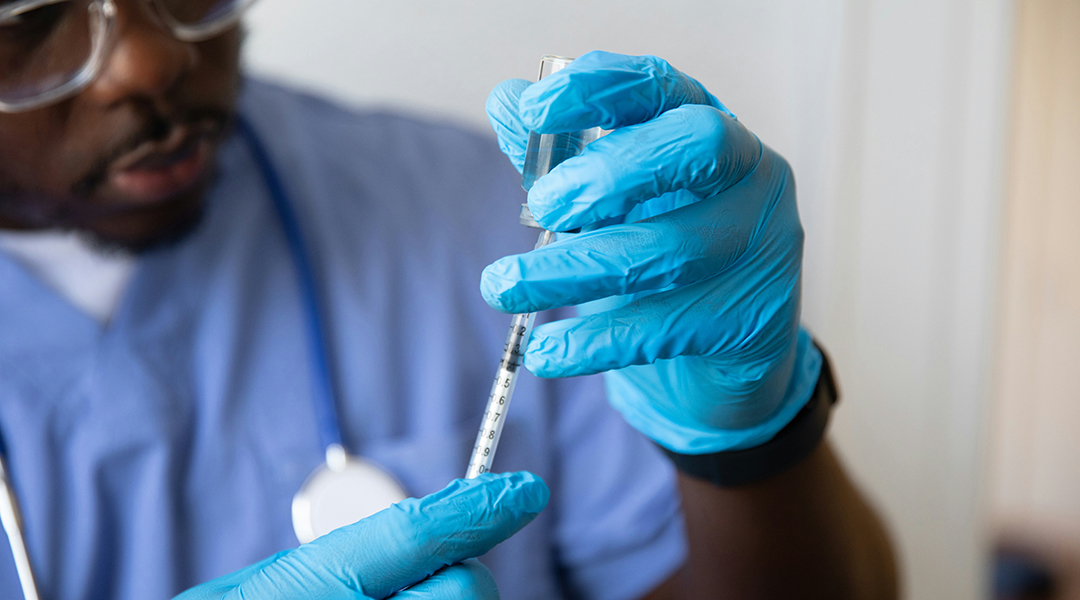
Enzymes help engineer safer, more effective vaccines
Researchers use enzymes to link antigens and adjuvants, creating safer and more effective vaccines by lowering the required adjuvant dosage.
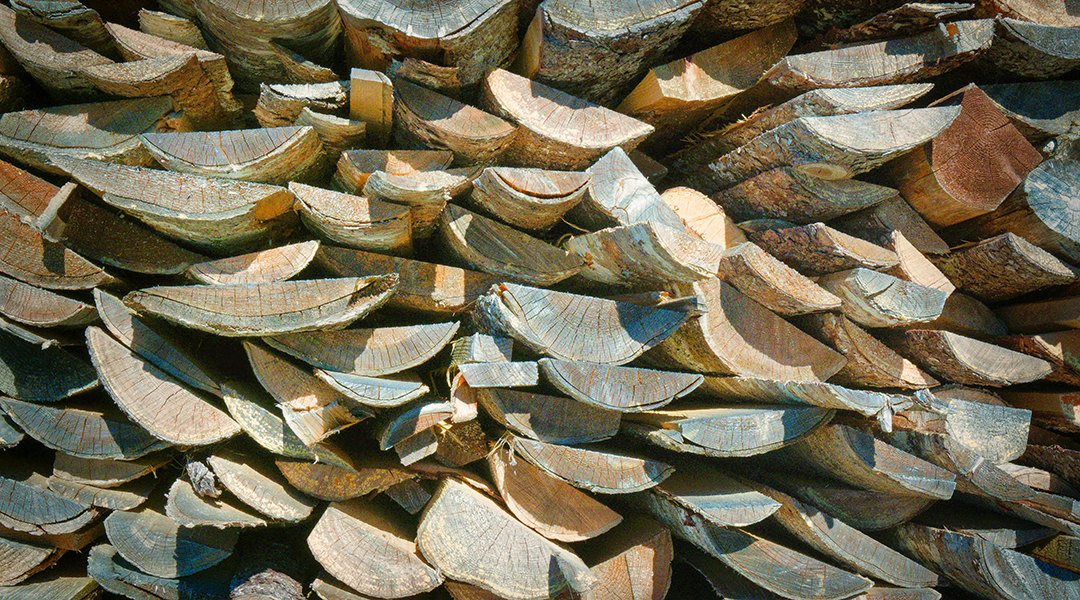
How carbon dioxide and biomass could become resilient, sustainable food sources
As valuable resources dwindle and environmental risks loom, reducing our dependence on traditional agriculture is becoming necessary.

A robot made from radish sprouts and the rise of plant-based machines
Radish sprouts power a new wave of eco-friendly robots that move, grow, and could even be eaten after their work is done.
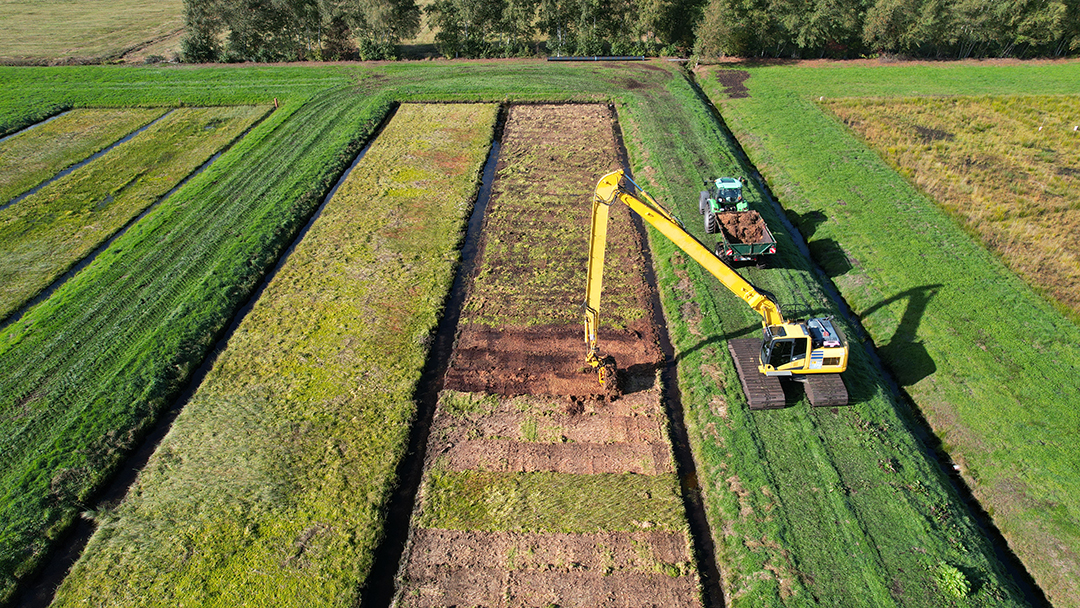
Wetlands can be recovered with the right plants, and that’s good news for the planet
Scientists are reviving lost wetlands using paludiculture, blending ecology and economy to combat climate change and restore biodiversity.
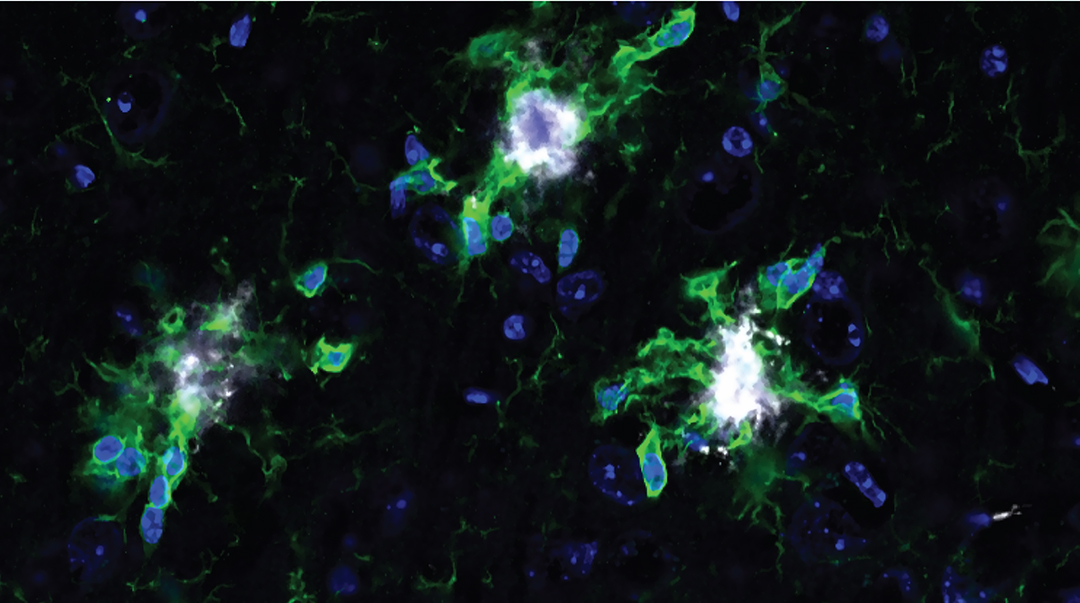
Xenon gas protects brain cells against Alzheimer’s disease, clinical trial underway
Inhaled xenon gas reduced neuroinflammation, brain atrophy, and boosted protective neurons in mouse models of Alzheimer’s.

Chirality could be the key to successful bone repair
Bone implants integrate better with the body when they mimic the natural handiness of molecules that make up our bones.

Computer system helps scientists understand how cancer could be reversed
BENEIN is a computer network that can identify the master regulators that cause normal cells to go cancerous.
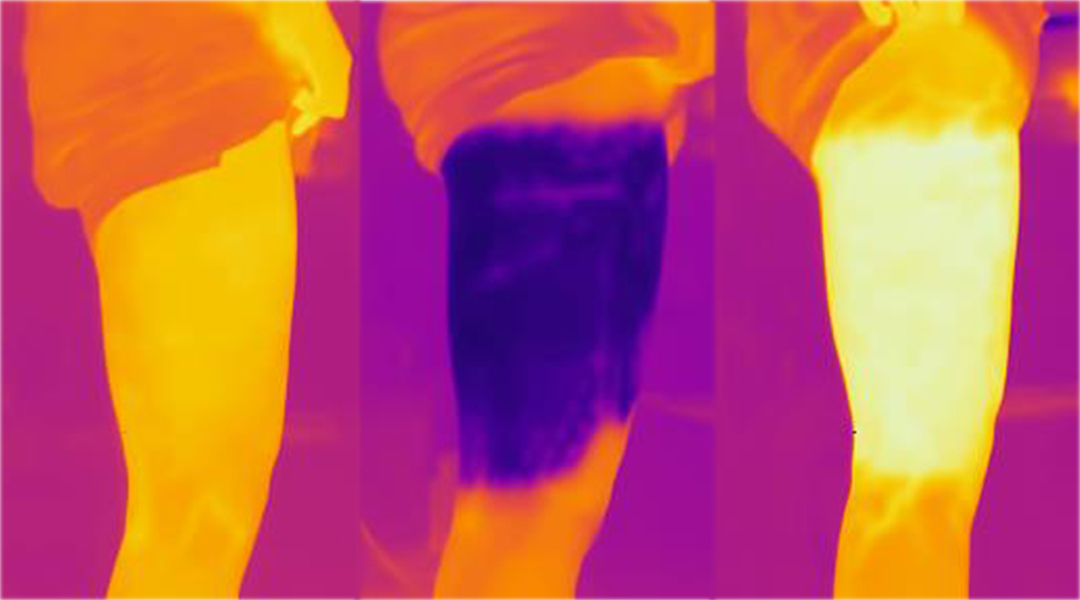
COOLWEAR: Water immersion therapy without waste
The fluidic wearable device is less wasteful when it comes to water, but equally effective alternative to water immersion therapy.
Xenon gas protects brain cells against Alzheimer’s disease, clinical trial underway
Inhaled xenon gas reduced neuroinflammation, brain atrophy, and boosted protective neurons in mouse models of Alzheimer’s.
Chirality could be the key to successful bone repair
Bone implants integrate better with the body when they mimic the natural handiness of molecules that make up our bones.
Computer system helps scientists understand how cancer could be reversed
BENEIN is a computer network that can identify the master regulators that cause normal cells to go cancerous.
COOLWEAR: Water immersion therapy without waste
The fluidic wearable device is less wasteful when it comes to water, but equally effective alternative to water immersion therapy.

Metasurfaces could shrink spectrometers, transforming how we observe the Universe
Metasurfaces to detect terahertz radiation are making spectrometers smaller, lighter, and more efficient for space travel.

Black hole images deliver a deathblow to alternative theory of gravity
Images of the supermassive black holes wouldn’t have been possible if mimetic gravity was the right recipe for gravity.

Samples recovered from Ryugu asteroid reveal how our solar system formed
An ancient magnetic field drew matter inward and helped form our solar system’s planets, moons, and asteroids.
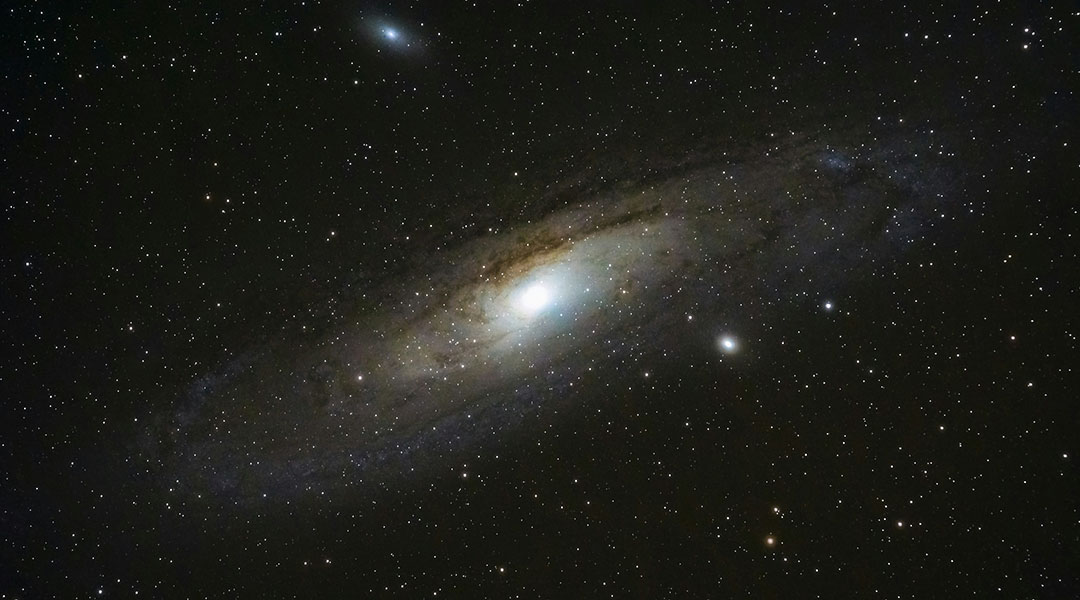
Fast radio bursts lead scientists to the origins of magnetars
Links to observational data may have revealed the nature of magnetars and the origins of their extreme magnetic fields.
Metasurfaces could shrink spectrometers, transforming how we observe the Universe
Metasurfaces to detect terahertz radiation are making spectrometers smaller, lighter, and more efficient for space travel.
Black hole images deliver a deathblow to alternative theory of gravity
Images of the supermassive black holes wouldn’t have been possible if mimetic gravity was the right recipe for gravity.
Samples recovered from Ryugu asteroid reveal how our solar system formed
An ancient magnetic field drew matter inward and helped form our solar system’s planets, moons, and asteroids.
Fast radio bursts lead scientists to the origins of magnetars
Links to observational data may have revealed the nature of magnetars and the origins of their extreme magnetic fields.

Computer system helps scientists understand how cancer could be reversed
BENEIN is a computer network that can identify the master regulators that cause normal cells to go cancerous.

Securing data with bright entangled photons
Secure data sharing methods using quantum key distribution via satellites promise advancements in long-distance quantum communication.

Quantum communication could be integrated into existing fiber optic networks, new study shows
Quantum communication doesn’t necessarily need to be delayed; it might be possible to integrate it into existing fiber optic networks.
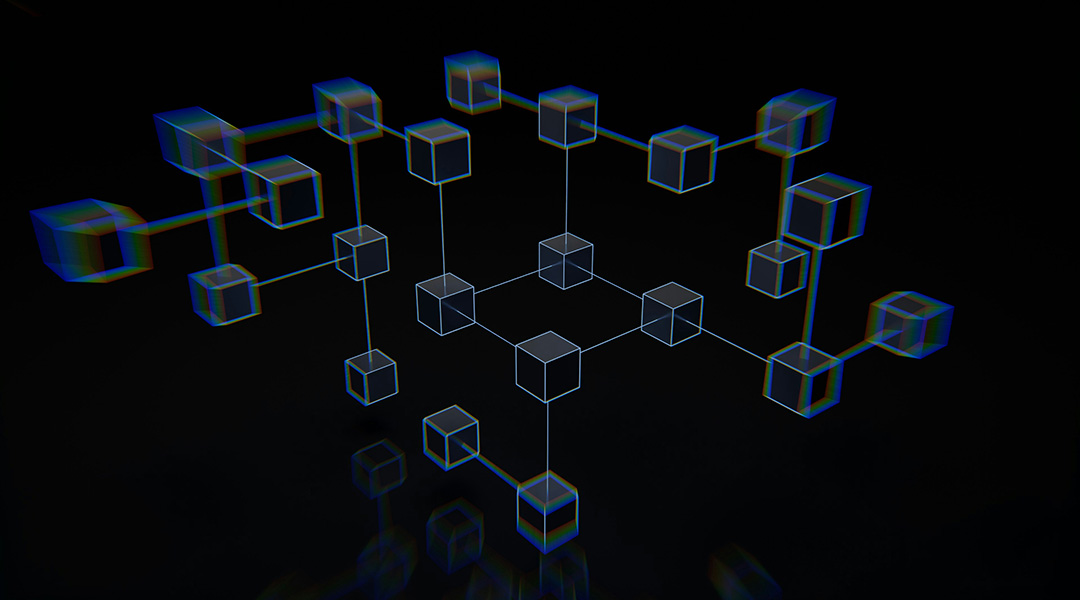
Calculating the true environmental costs of AI
The rapid growth of AI brings hope of unprecedented advancements in many sectors but what is its real carbon footprint?
Computer system helps scientists understand how cancer could be reversed
BENEIN is a computer network that can identify the master regulators that cause normal cells to go cancerous.
Securing data with bright entangled photons
Secure data sharing methods using quantum key distribution via satellites promise advancements in long-distance quantum communication.
Quantum communication could be integrated into existing fiber optic networks, new study shows
Quantum communication doesn’t necessarily need to be delayed; it might be possible to integrate it into existing fiber optic networks.
Calculating the true environmental costs of AI
The rapid growth of AI brings hope of unprecedented advancements in many sectors but what is its real carbon footprint?

Wetlands can be recovered with the right plants, and that’s good news for the planet
Scientists are reviving lost wetlands using paludiculture, blending ecology and economy to combat climate change and restore biodiversity.

Farming under solar panels: The promise of agrivoltaics in the fight for net-zero
Combining agriculture with solar energy, agrivoltaics offers a promising solution to reduce carbon emissions while boosting food production.

A rockslide in Greenland caused the Earth to vibrate for nine days
A mega-tsunami in Greenland surged through a fjord for days, creating seismic waves that caused seismometers across the globe to hum.
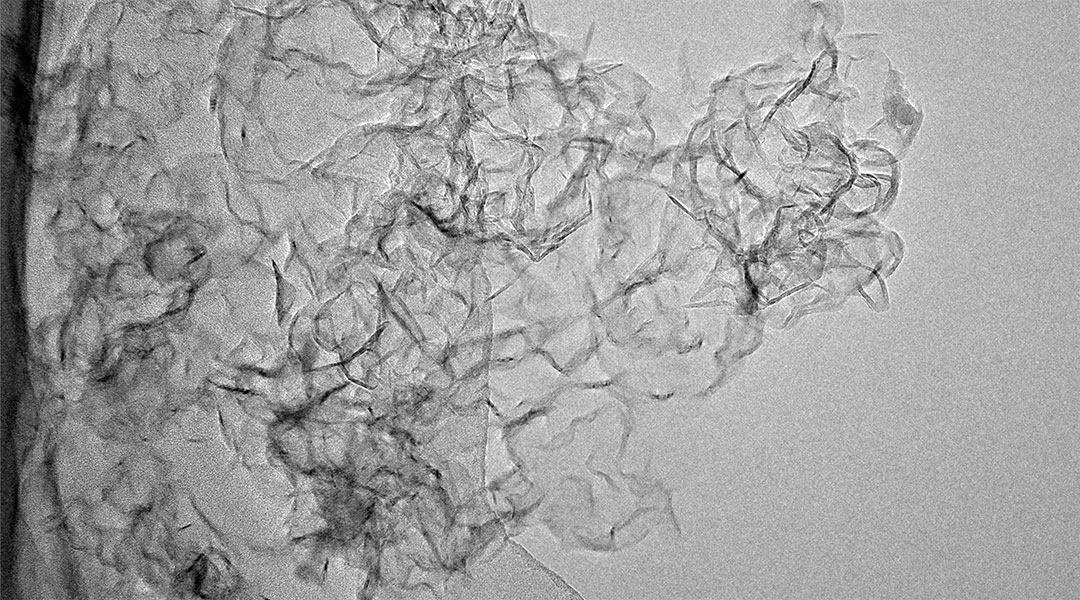
How can we spur plastic upcycling? Turn it into something valuable
Scientists convert harmful microplastics into valuable graphene using plasma, offering a promising solution for this type of pollution.
Wetlands can be recovered with the right plants, and that’s good news for the planet
Scientists are reviving lost wetlands using paludiculture, blending ecology and economy to combat climate change and restore biodiversity.
Farming under solar panels: The promise of agrivoltaics in the fight for net-zero
Combining agriculture with solar energy, agrivoltaics offers a promising solution to reduce carbon emissions while boosting food production.
A rockslide in Greenland caused the Earth to vibrate for nine days
A mega-tsunami in Greenland surged through a fjord for days, creating seismic waves that caused seismometers across the globe to hum.
How can we spur plastic upcycling? Turn it into something valuable
Scientists convert harmful microplastics into valuable graphene using plasma, offering a promising solution for this type of pollution.
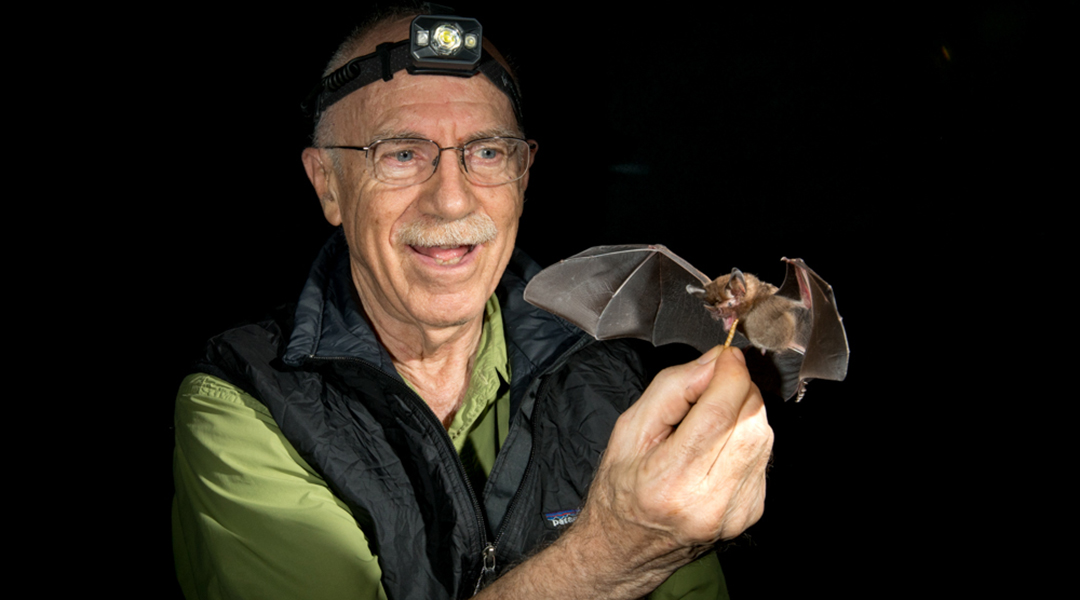
Merlin Tuttle: Helping bats helps people
Conservationist Merlin Tuttle protects bat populations worldwide through education and photography.

Madhu Bhaskaran: “As an engineer, you will always have to find a solution to problems in the world”
Professor Madhu Bhaskaran creates devices to assess the biometrics of the human body and helps patients feel again.

Canan Dağdeviren: “Follow your dream because life is too short to follow someone else’s”
Bioengineer Canan Dağdeviren is living her dream, decoding physical patterns of the human body in order to diagnose and cure diseases.
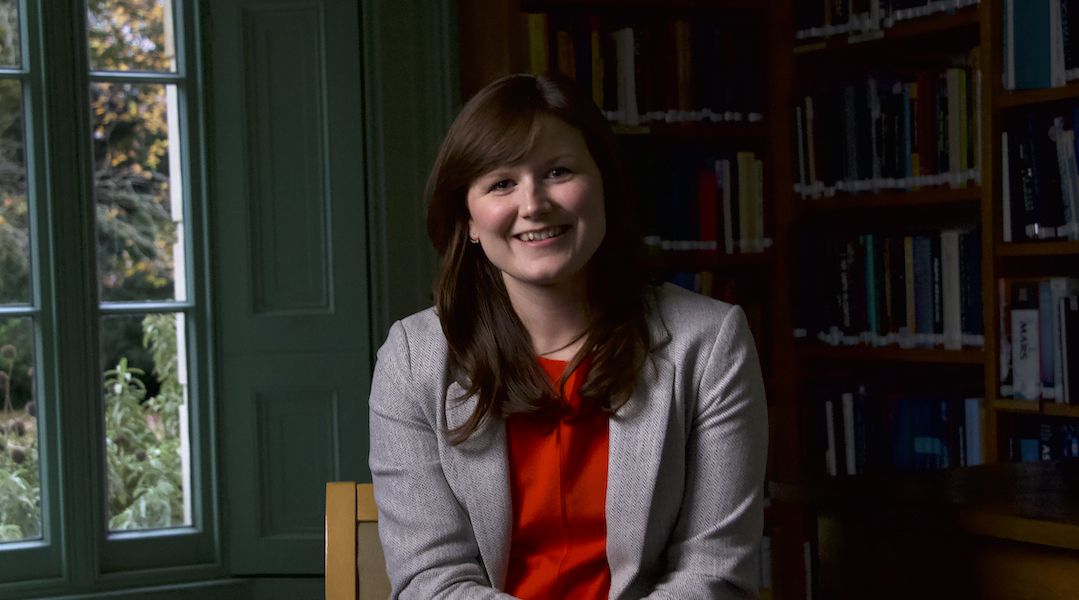
Becky Smethurst: “My hobby is my job, with a bit of extra stress”
Your “friendly neighborhood astrophysicist” Becky Smethurst is enthusiastically exploring the universe and educating us along the way.







